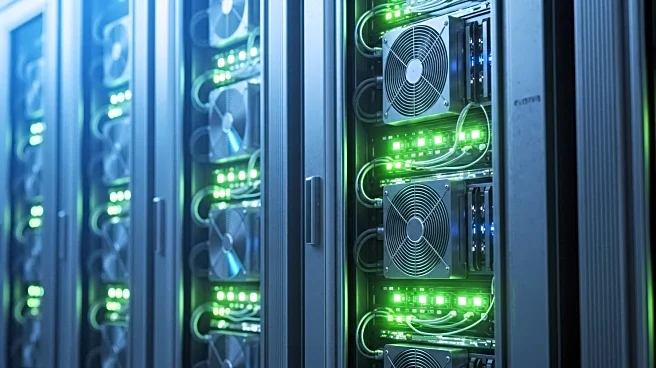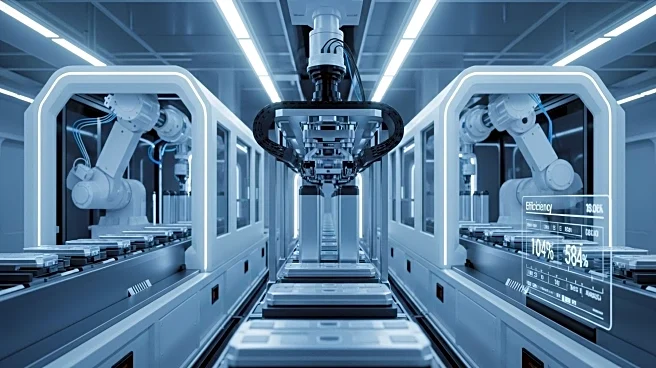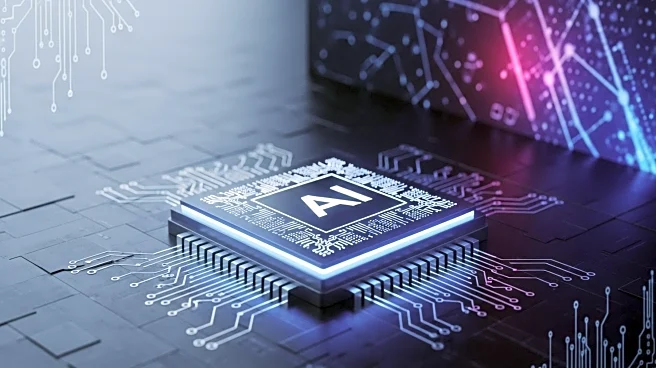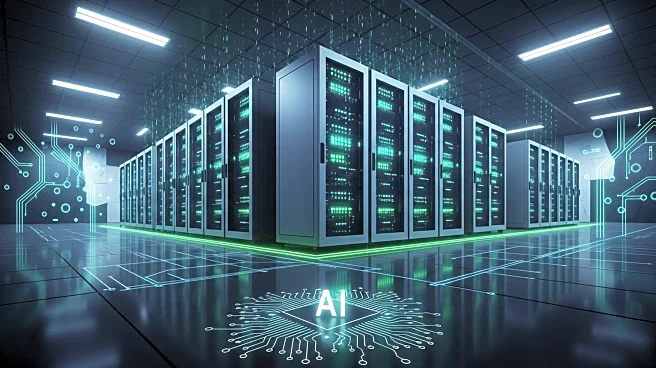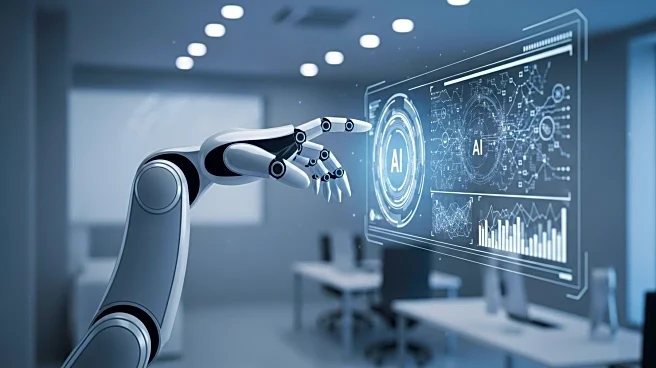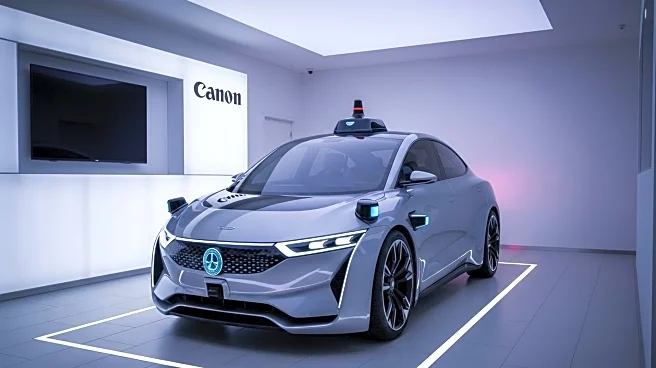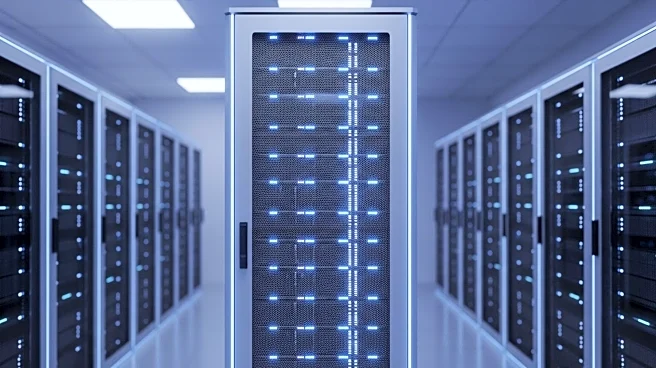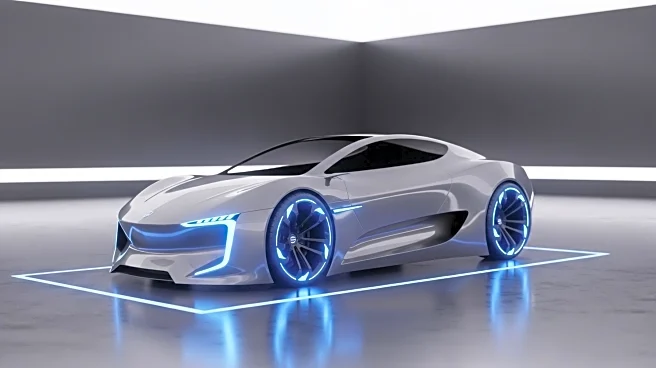What's Happening?
The integration of artificial intelligence (AI) into data centers is presenting significant challenges in terms of power and cooling requirements. As demand for AI applications grows, data centers must rethink their capacity, efficiency, and cost structures. The global AI data center market is projected to reach $157.3 billion by 2034, up from $14.3 billion in 2024. North America currently leads the market with a 40% share, driven by advanced infrastructure and investments in Graphics Processing Units (GPUs). Data center operators must assess power availability, cooling design, capacity, and network services before integrating AI. Upgrading legacy data centers to support AI workloads may require substantial investment and could take up to 18 months.
Why It's Important?
The rapid expansion of AI applications is increasing the demand for computing power, which poses challenges for data centers in terms of energy consumption and environmental impact. AI workloads require significantly more power than traditional data center operations, with some hardware deployments consuming up to 120kW per rack. This increased energy usage can strain power grids and necessitate upgrades to cooling systems. The financial implications of retrofitting data centers for AI readiness are substantial, with costs ranging from $4 to $8 million per megawatt. As AI continues to grow, data centers must adapt to remain competitive and meet the demands of the digital economy.
What's Next?
Data center operators will need to carefully plan upgrades to accommodate AI workloads, considering factors such as power and cooling capacity, network bandwidth, and potential disruptions to existing operations. Collaboration with skilled experts and stakeholders will be crucial in determining the feasibility and cost-effectiveness of upgrades. As demand for AI capabilities rises, operators may consider building new sites specifically designed to meet the higher power and cooling requirements of AI applications.

